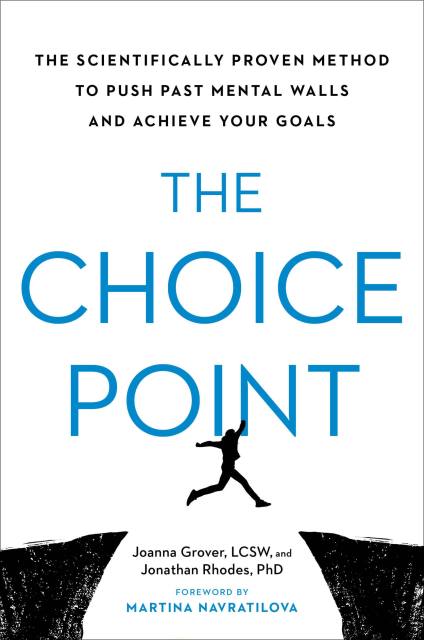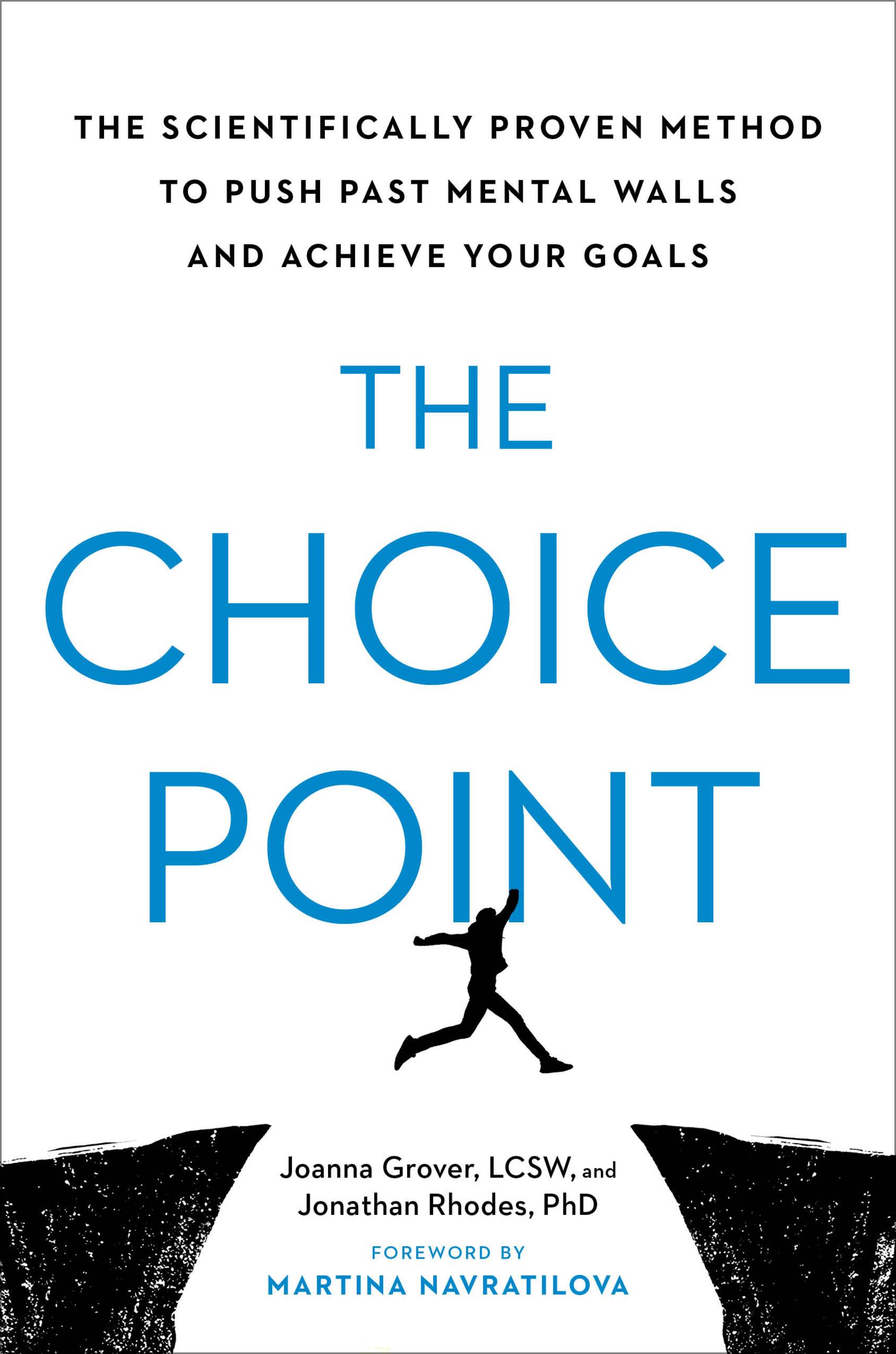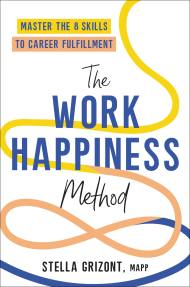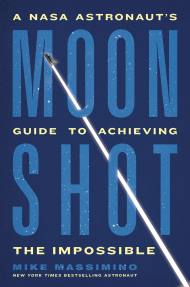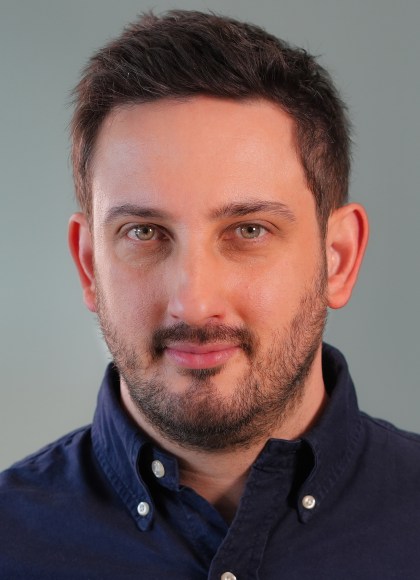Promotion
Use code MOM24 for 20% off site wide + free shipping over $45
The Choice Point
The Scientifically Proven Method to Push Past Mental Walls and Achieve Your Goals
Contributors
Foreword by Martina Navratilova
Formats and Prices
Price
$28.00Price
$35.00 CADFormat
Format:
- Hardcover $28.00 $35.00 CAD
- ebook $15.99 $20.99 CAD
- Audiobook Download (Unabridged) $24.99
This item is a preorder. Your payment method will be charged immediately, and the product is expected to ship on or around June 20, 2023. This date is subject to change due to shipping delays beyond our control.
Also available from:
Discover a scientifically proven method to overcome obstacles and make choices that lead us closer to our goals—featuring a foreword by Martina Navratilova.
When we choose to go to the gym at 6am, keep running that marathon, or stay up late to study, we are making conscious, value-based decisions that help us fulfill our goals. But even though we know that daily good choices add up to healthy routines and strong results, these days it’s just too easy to surrender to negative thoughts and old habits. How can we not?Enter Functional Imagery Training (FIT). Grounded in science, FIT helps us lengthen our Choice Point: that moment when we say to ourselves, “Am I going to make the healthy decision, or am I going to choose to take an action that I know will undermine my success?” Merging mindfulness, motivational interviewing, and cognitive behavioral therapy into a user-friendly model—the first non-academic book of its kind—The Choice Point grants us control of the decisions that define us.
Jonathan Rhodes, a British psychologist, helped develop FIT, and Joanna Grover, an experienced therapist and coach, was the first person in the U.S. to be certified in FIT. Together, they work where science meets imagination to achieve peak performance, and their tools help us get to the root of our motivation. They’ve trained Olympians, C-Suite executives, and elite forces in the military to hack their autopilot systems and break records in their respective fields. The Choice Point is the roadmap they’ve built along the way, leading us from passengers to drivers of our own minds.
Genre:
-
"The Choice Point can help everyone overcome their limiting beliefs and climb their personal Everest—I highly recommend it to anyone seeking to strengthen their most important muscle: their mind."Colin O'Brady, 10-time world record holding endurance athlete and New York Times bestselling author
-
"The Choice Point is a must-read for anyone striving to improve their health, family life, or work. This how-to guide reveals how to use our mind to commit to and accomplish our goals and live our values. It's long-lasting, sustainable willpower in a book."Commander Susan Kilrain, Navy Test pilot, NASA Astronaut, and Mom
-
"Whatever your age and stage, whatever your discipline, The Choice Point will help you reimagine your goals and realign what matters to you and your team. I wish I'd had this book earlier in my career."Vice Admiral Sir Richard Ibbotson, Royal Navy
-
"If you have been riddled by self-doubt, insecurity, and negative thinking about your place in this world, The Choice Point will teach you how to get out of your own way. Read this and learn how to grab that brass ring and make the world your oyster!"Fran Drescher, SAG-AFTRA President, actress, comedian, writer, and activist
-
“An excellent introduction to the power of mental imagery. The Choice Point shows how you can use techniques from functional imagery training to get more of what you want from life. If you think imagery is not for you, think again—these exercises are inspiring.”Jackie Andrade, Professor of Psychology, University of Plymouth
-
"Cognitive therapist Grover and psychologist Rhodes...draw on solid scientific research and make a strong case that 'imagery evokes emotion, and emotion shapes behavior more than talking about changing behavior.' Readers looking to get off the couch and make some changes will benefit."Publisher's Weekly
-
"When tennis champion Martina Navratilova writes the introduction to a book about the power people have over choices, it’s hard not to love it. This is a carefully laid-out and actionable book about how to look at goals and dreams in ways that are both courageous and realistic. ... An easily digestible guide to abolishing negative thoughts and self-defeating behaviors."The Library Journal
- On Sale
- Jun 20, 2023
- Page Count
- 272 pages
- Publisher
- Hachette Go
- ISBN-13
- 9780306830273
Newsletter Signup
By clicking ‘Sign Up,’ I acknowledge that I have read and agree to Hachette Book Group’s Privacy Policy and Terms of Use
